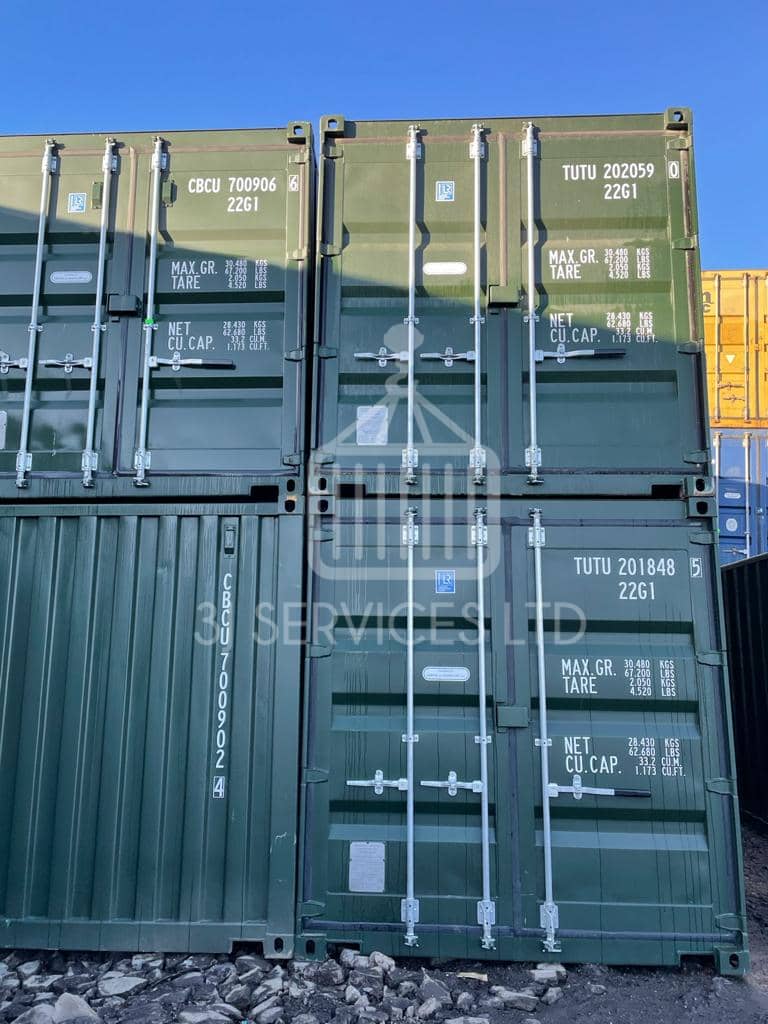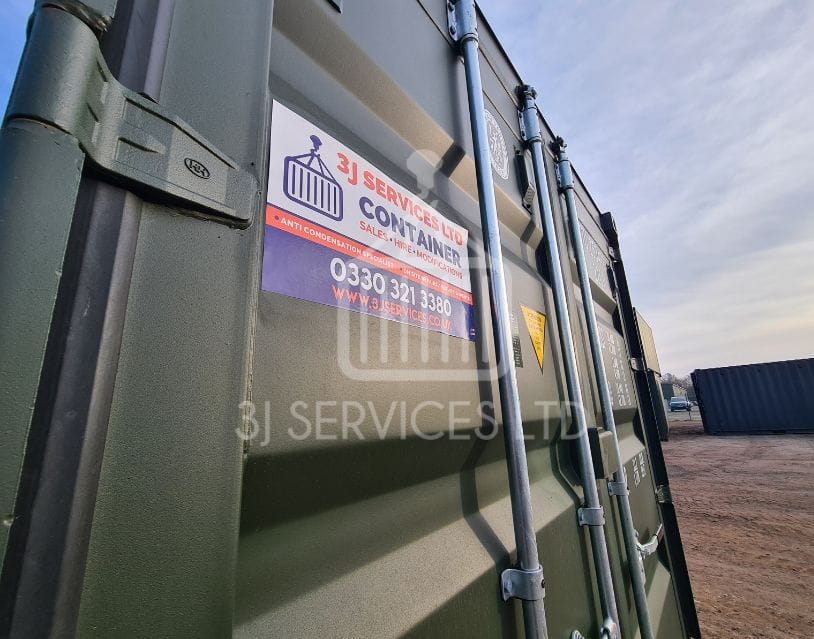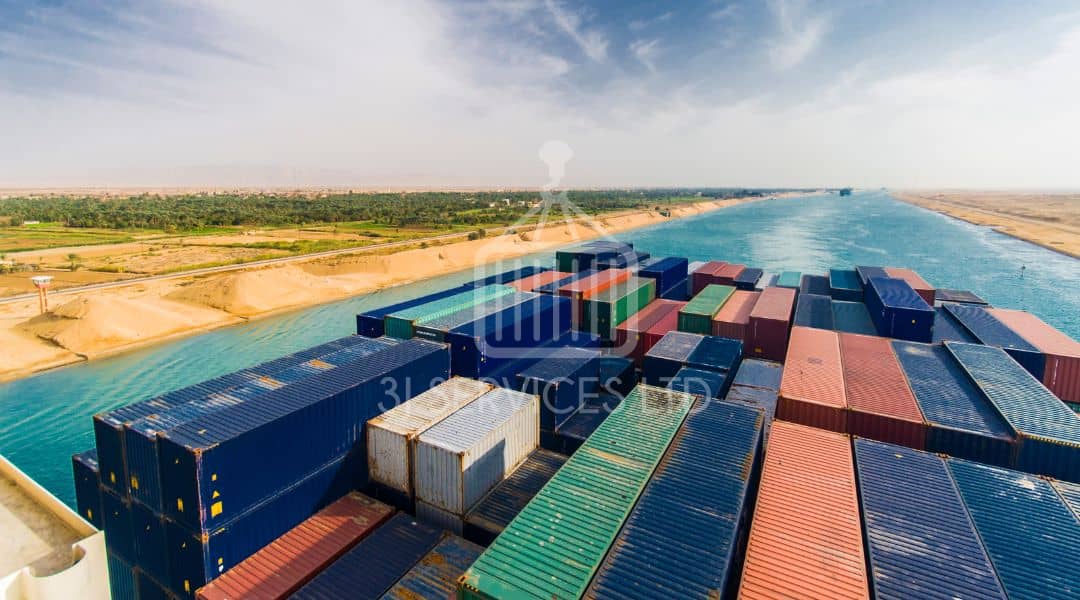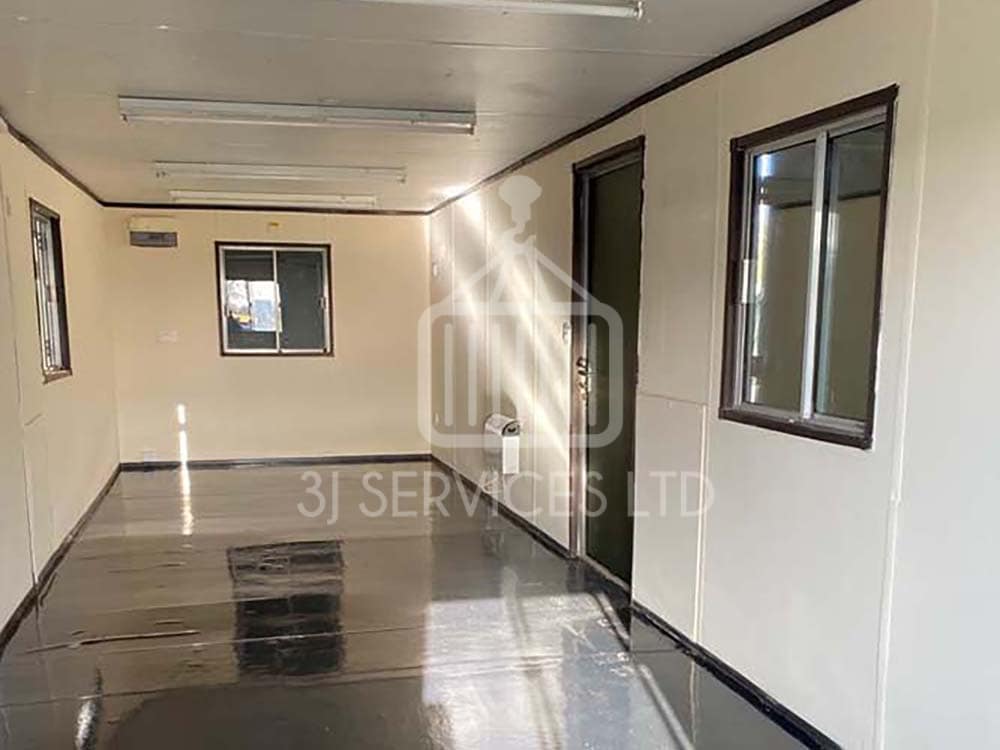You’ll have seen photos or possibly real-life container ships loaded with hundreds of containers stacked one on top of the other and wondered how they’re not falling off the ship or buckling under the weight of the stack. There is a science to safely stacking shipping containers along with a strict set of standards which the containers condition needs to meet.
CSC Inspection
Shipping containers must pass a CSC inspection and hold a valid CSC plate and certificate to be deemed safe for shipping. CSC stands for “Container Safety Convention” and in very basic terms, is a bit like an MOT for a car, confirming the container is safe for its intended use and structurally sound. CSC rules were internationally agreed governing the design and repair standards for all ISO shipping containers.
The person who carries out the CSC inspection on the container should hold valid IICL (Institute of International Container Lessors) certification which shows they have the correct and most recent understanding of container safety standards. Following the 5th Edition repair manuals for steel freight containers when a CSC inspection is carried out, the inspector will check all external walls and the underside of the container for damage and wear that will or could imminently affect the containers strength. They will also check the internal areas of the structure for damage to the marine ply wood floors and lashing points.
If a dent is too deep or protrudes out of the ISO frame of the shipping container, it should be repaired to IICL standards. This is also the case for any rust patches, holes, damage to floor boards, bottom rails, forklift pockets, corner posts and castings. CSC inspections can be carried out for a small fee in most large container depots in the UK. Once we know that a container is safe to be used as a shipping container, the position in which it will take in a container stack is then assessed.
Container Stacking
When shipping containers are stacked, it creates a massive amount of pressure on the bottom containers as well as on the deck of the container ship in which the stack is held. Shipping containers are designed to be loaded on the four corner posts and castings. These points can hold a significant amount of weight where as the top and bottom rails of a shipping container have no structural strength and should not be stacked upon. Though all shipping containers are built to the same standards, containers are made by different manufacturers so may have different weight tolerances. Its imperative that the containers at the bottom of a stack can withstand the pressure from the stacked containers above.
The containers stacked on a ship will be placed in the stack of the same size, 20fts on top of 20fts and 40fts on top of 40fts. The units are then twistlocked or lashed together in their columns and the outer units of the block will be lashed to prevent any units tipping as they sway on the ocean.
Container Tolerances
The height that the containers can be safely stacked will be deemed by the tolerances of the shipping container and also the load bearing abilities of the ships deck. Some large container ships can carry containers stacked up to nine high (9 x 20ft standard containers (20TEU) loaded to max capacity equals a massive 274 tonnes per stack!), whereas some smaller vessels don’t allow stacking at all.
Of course, the rules and regulations for stacking containers on land (in depots or on site) differ greatly. Theoretically, the containers load will be lighter so they should be able to be stacked higher however, wind loading, and other environmental aspects will affect the stability of the stack and add various limitations. Most container delivery drivers will only stack units to two or three high, both due to their hi-abs abilities and with the knowledge that a stack of three containers, stood on their own, will almost definitely tip over in high winds. It’s recommended that when stacking containers on land you follow the same procedure of checking the containers are structurally sound and that the bottom container can tolerate the pressure from the unit above. Stacked containers should always be locked together using twistlocks or stacking cones and should only be stacked with a container of the exact same size.







